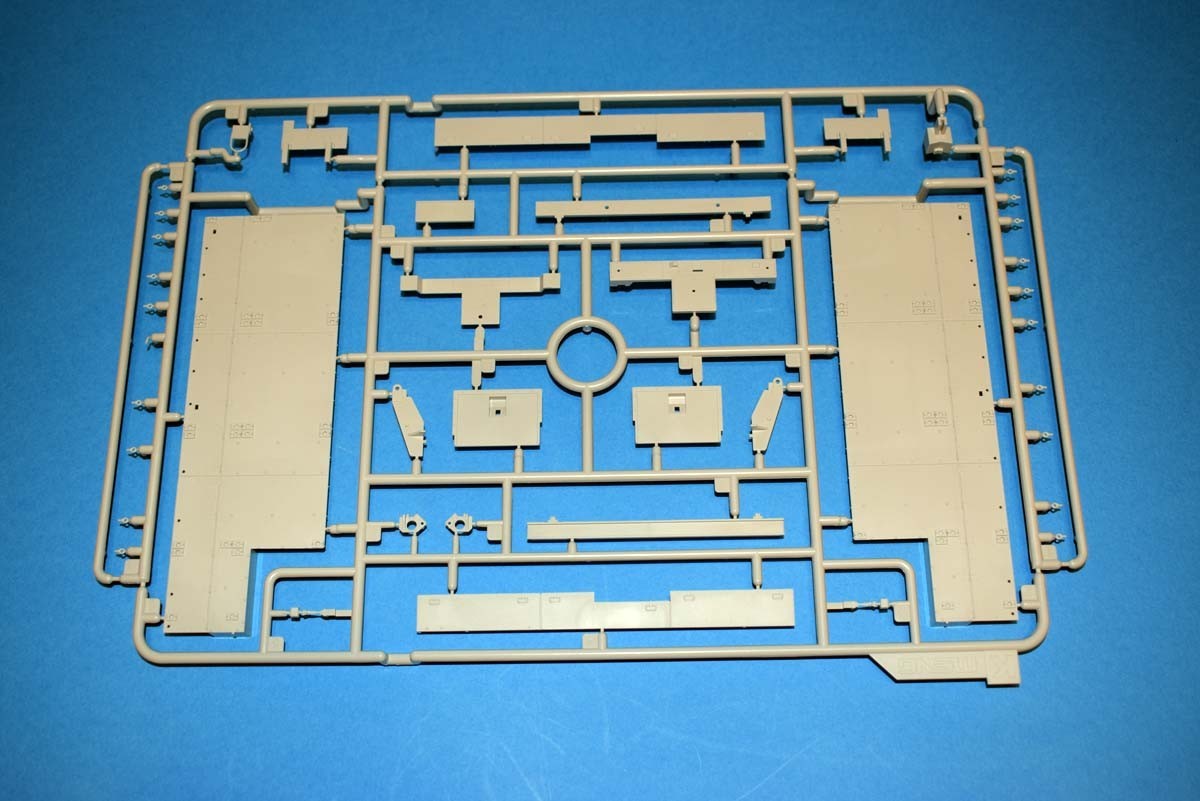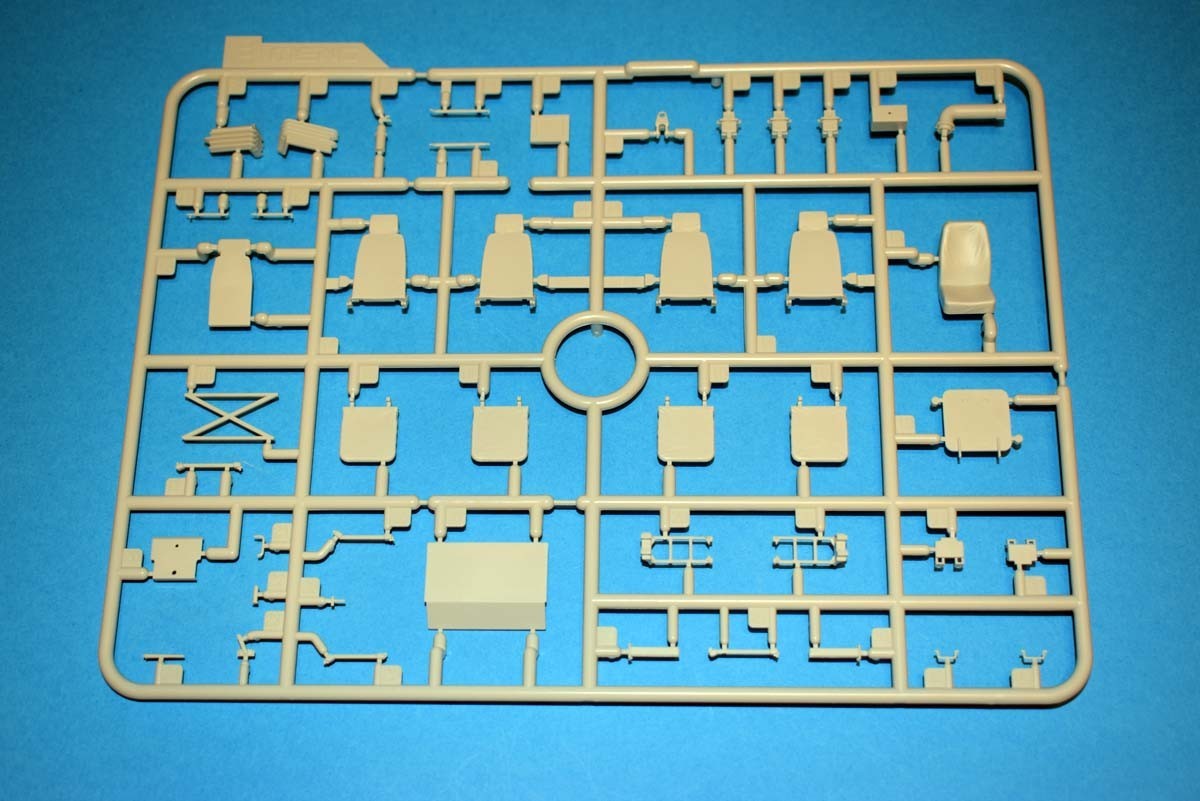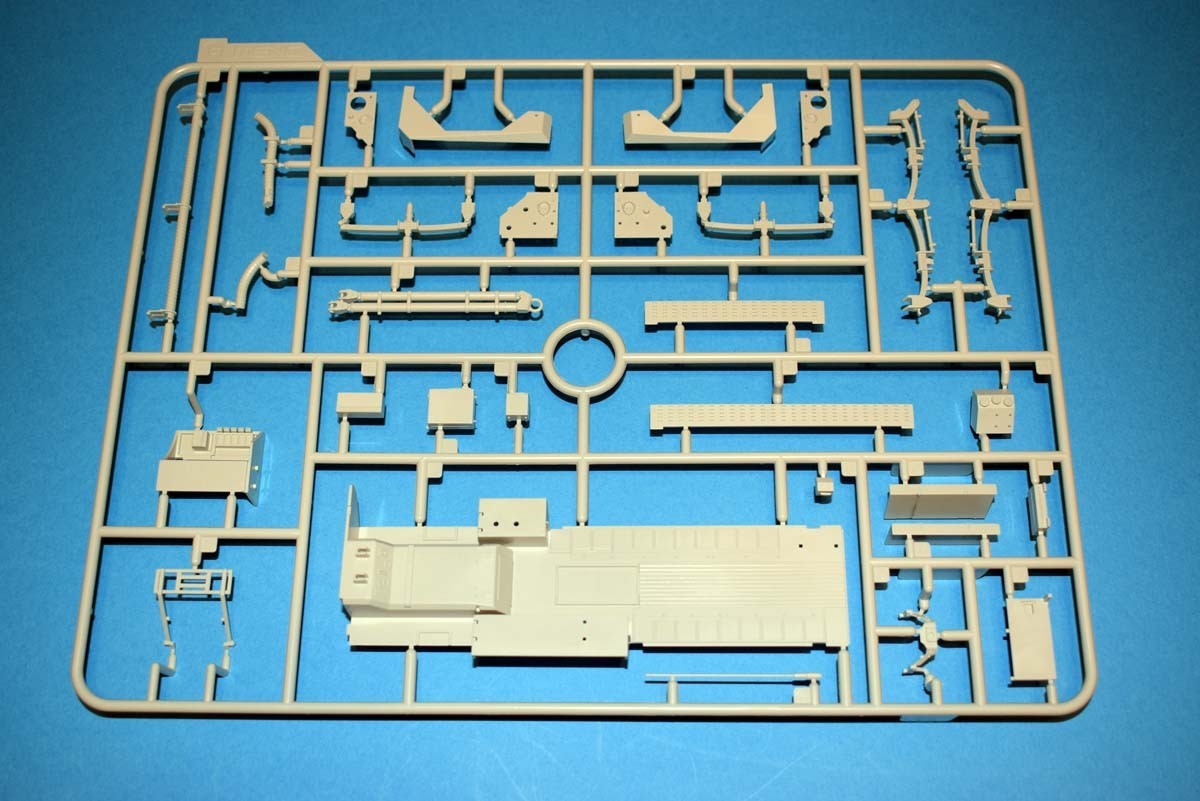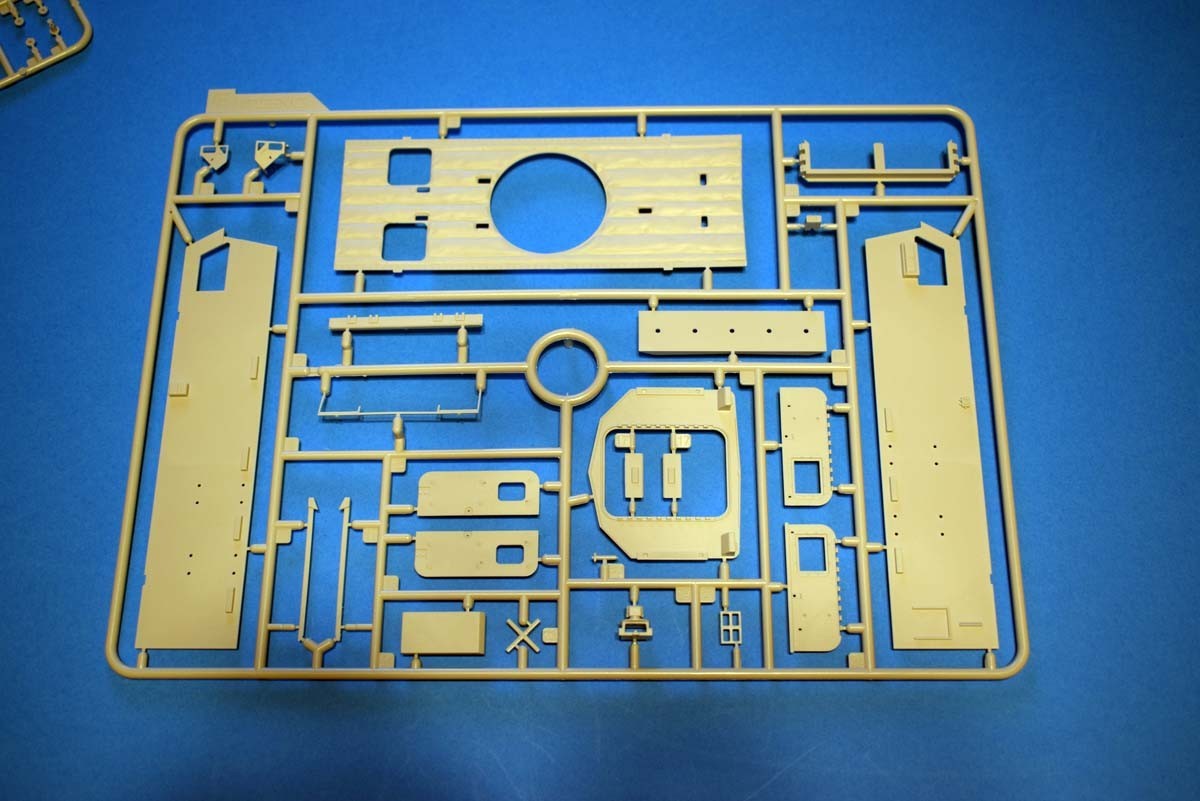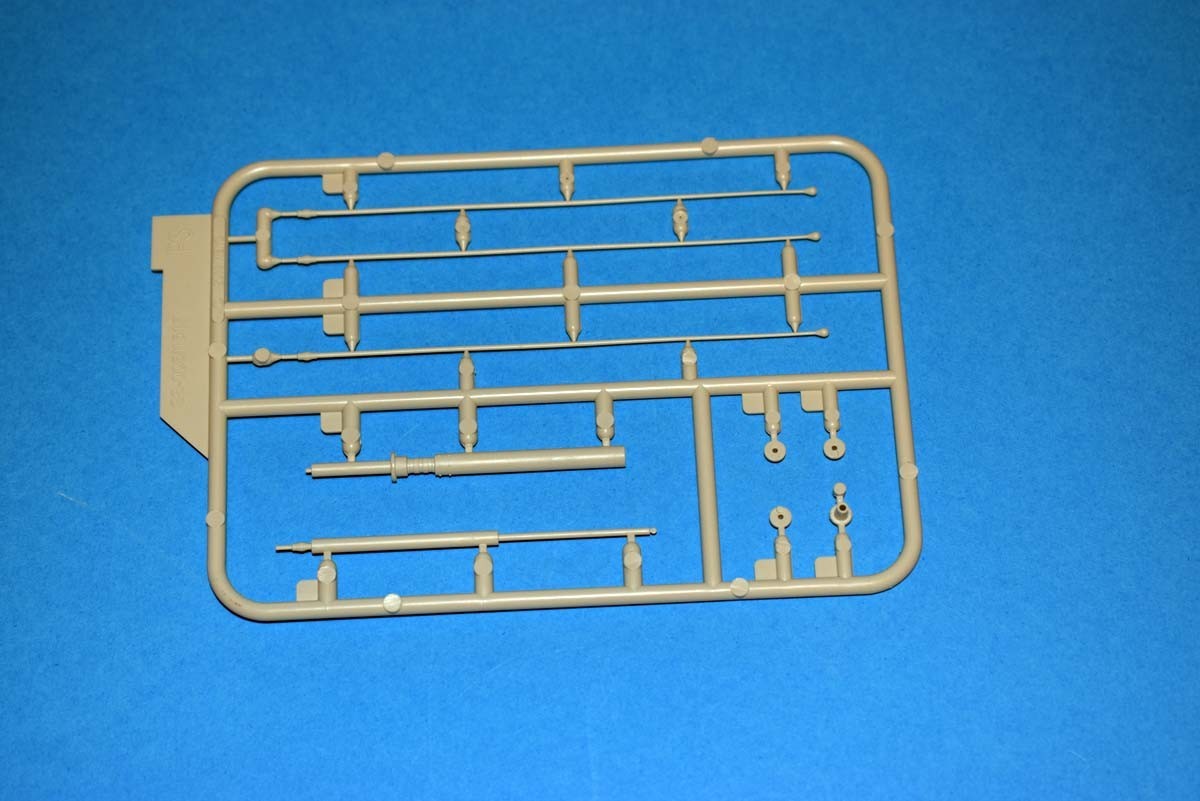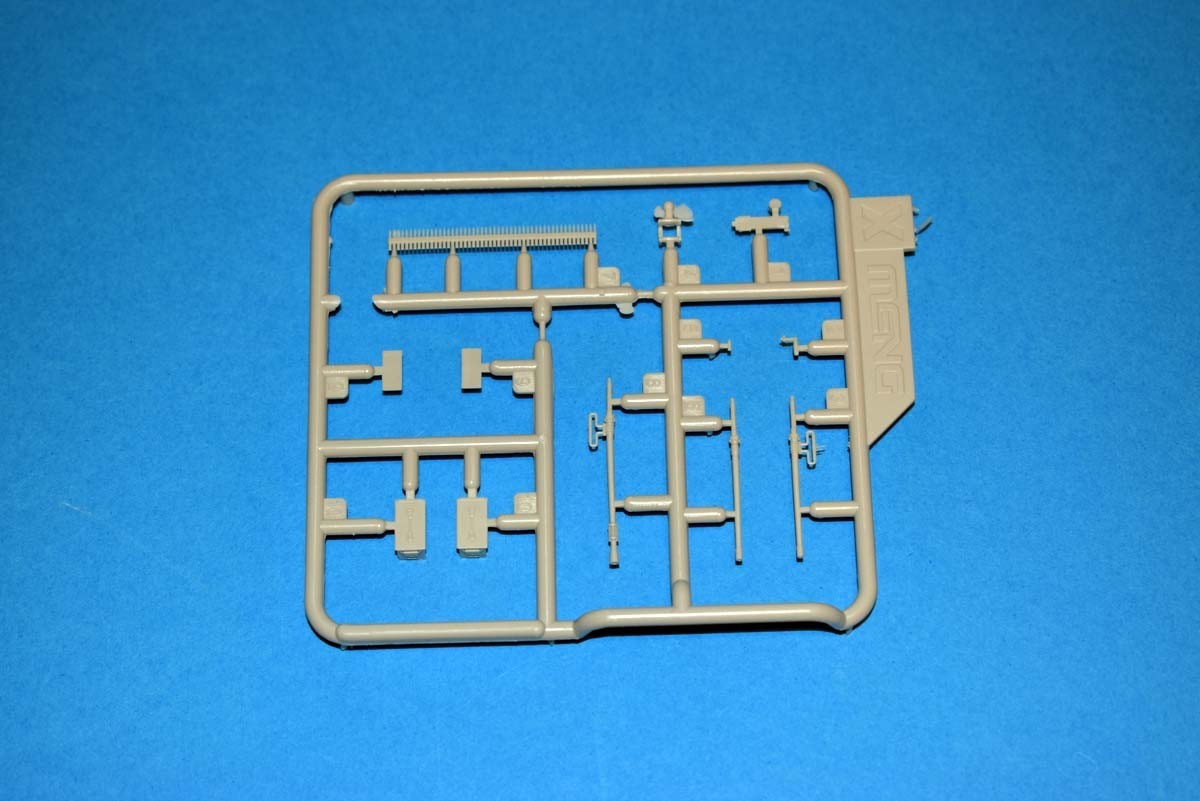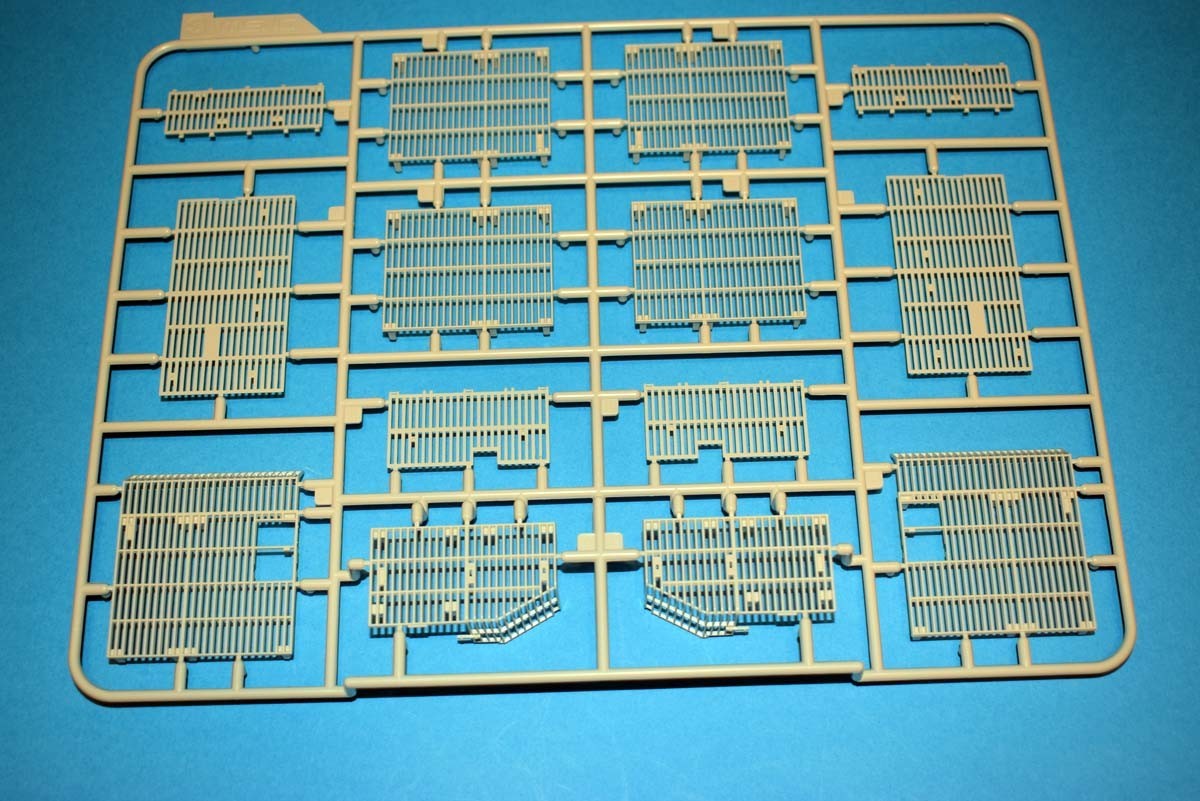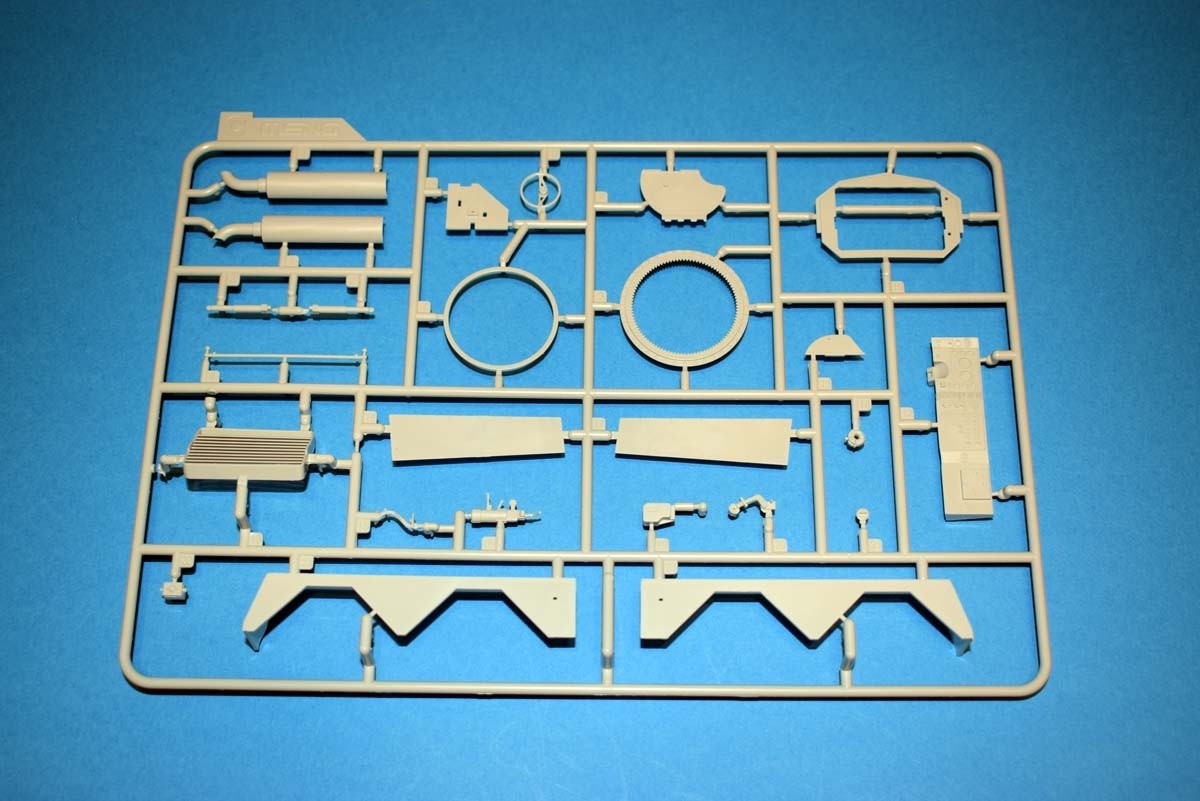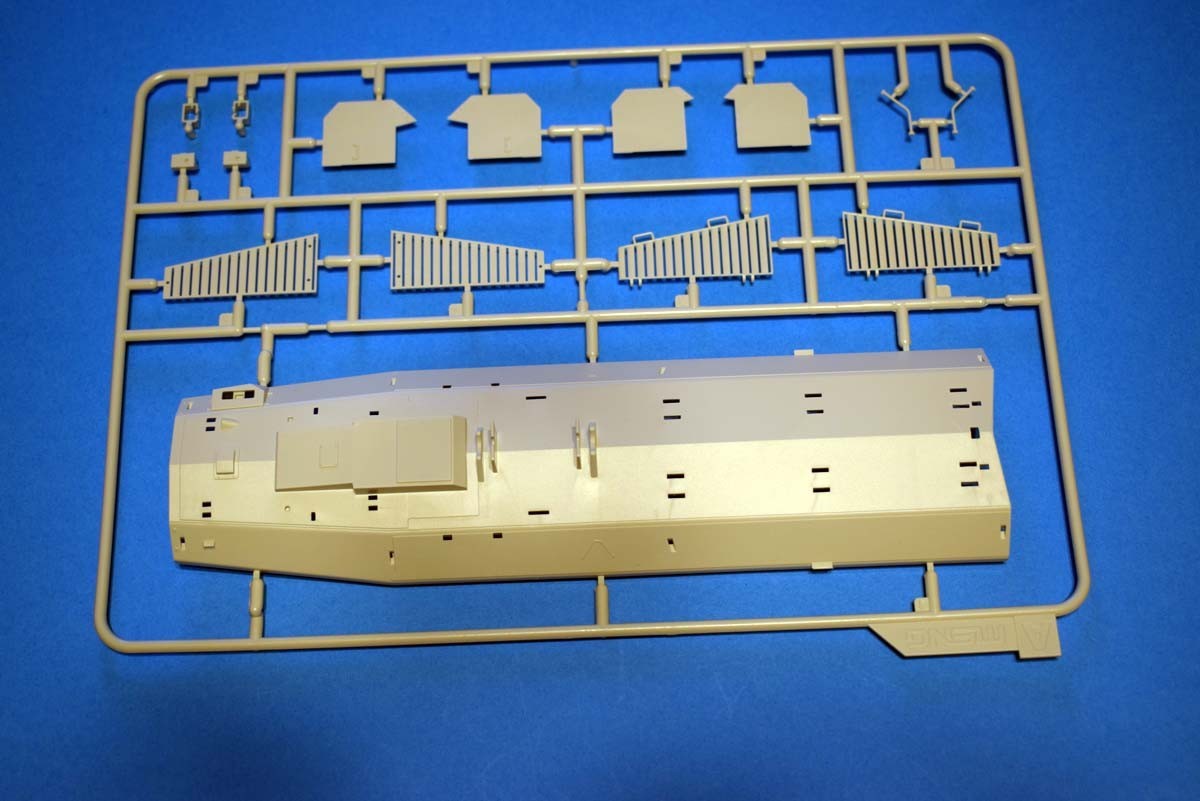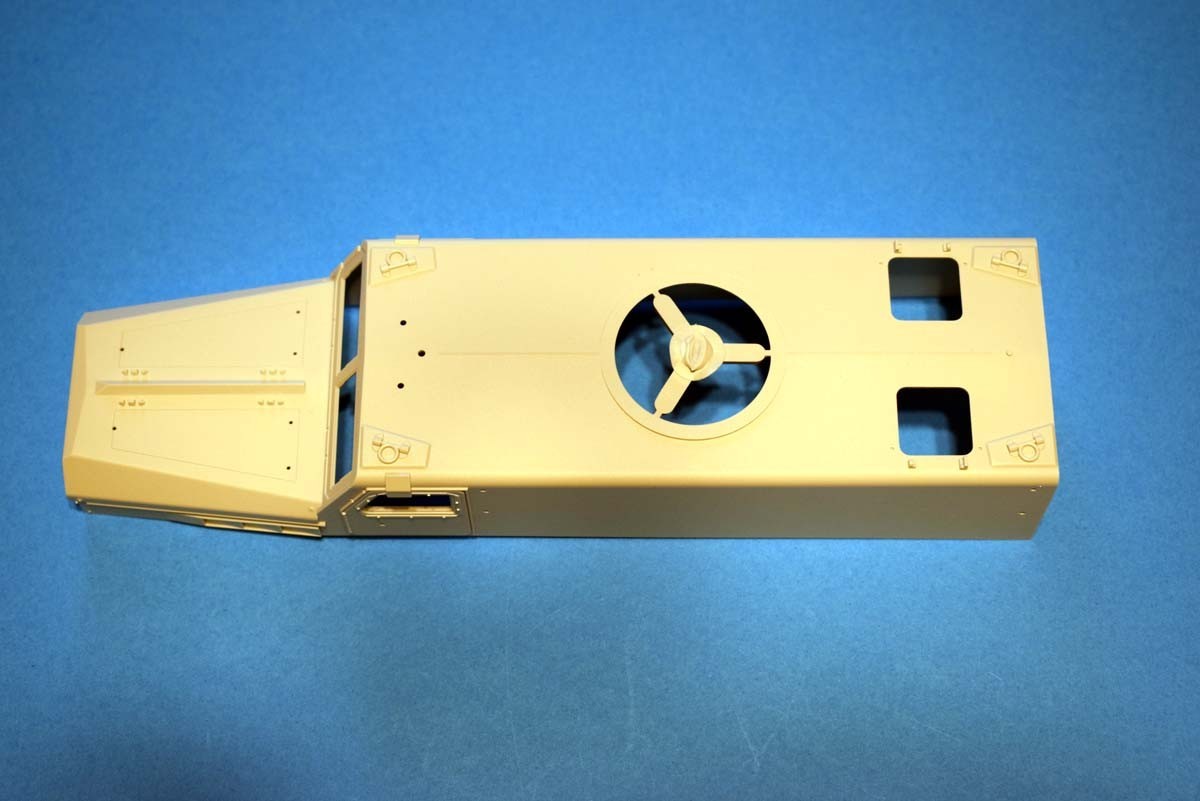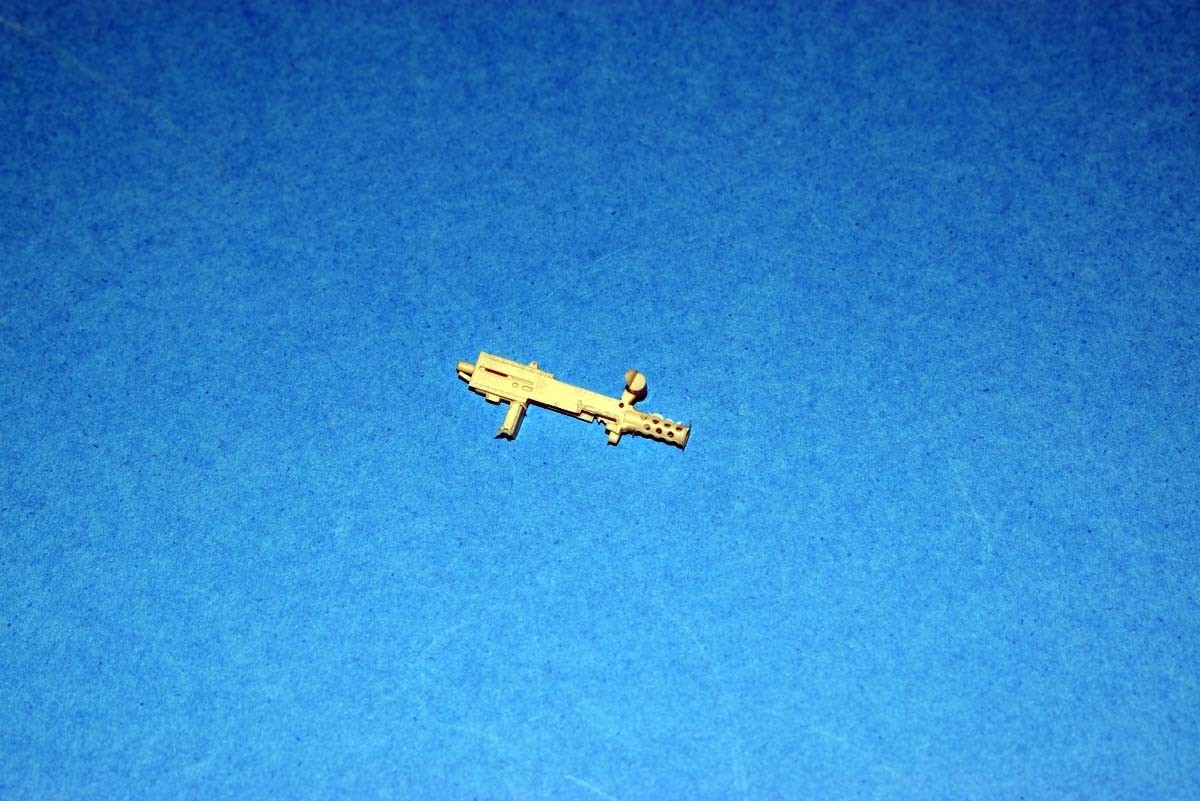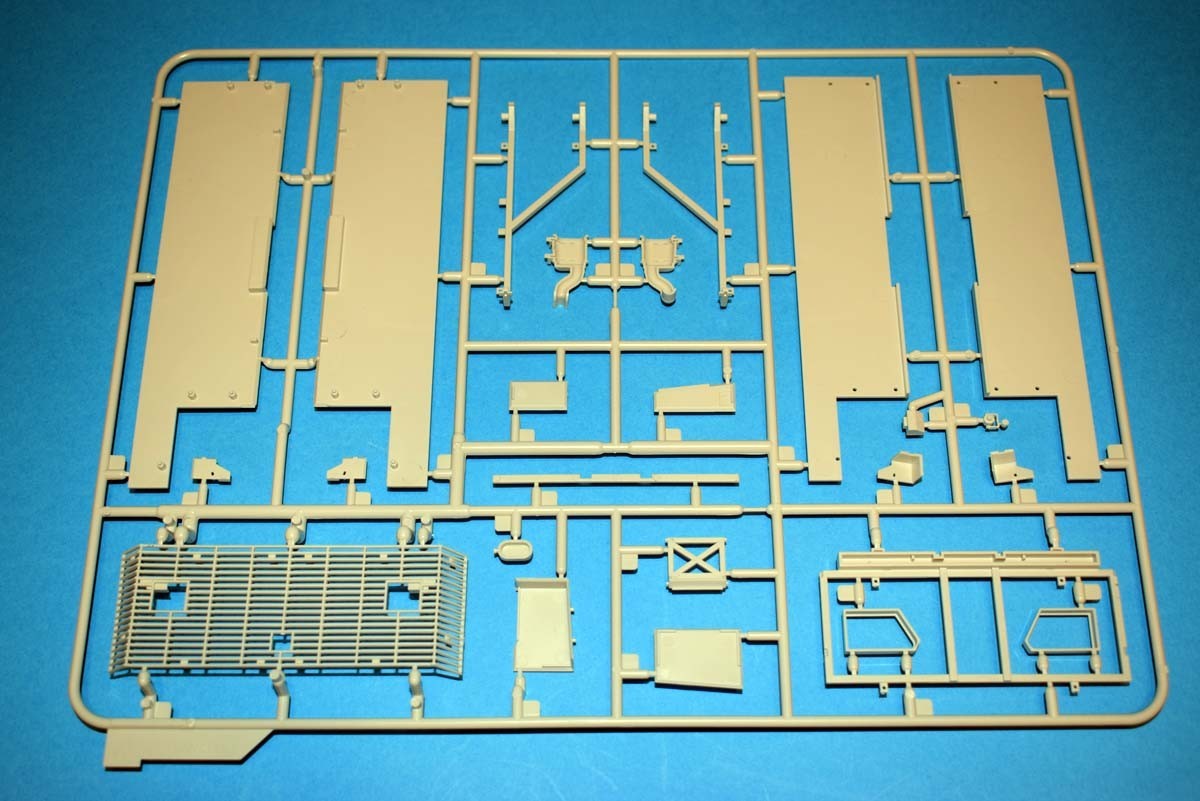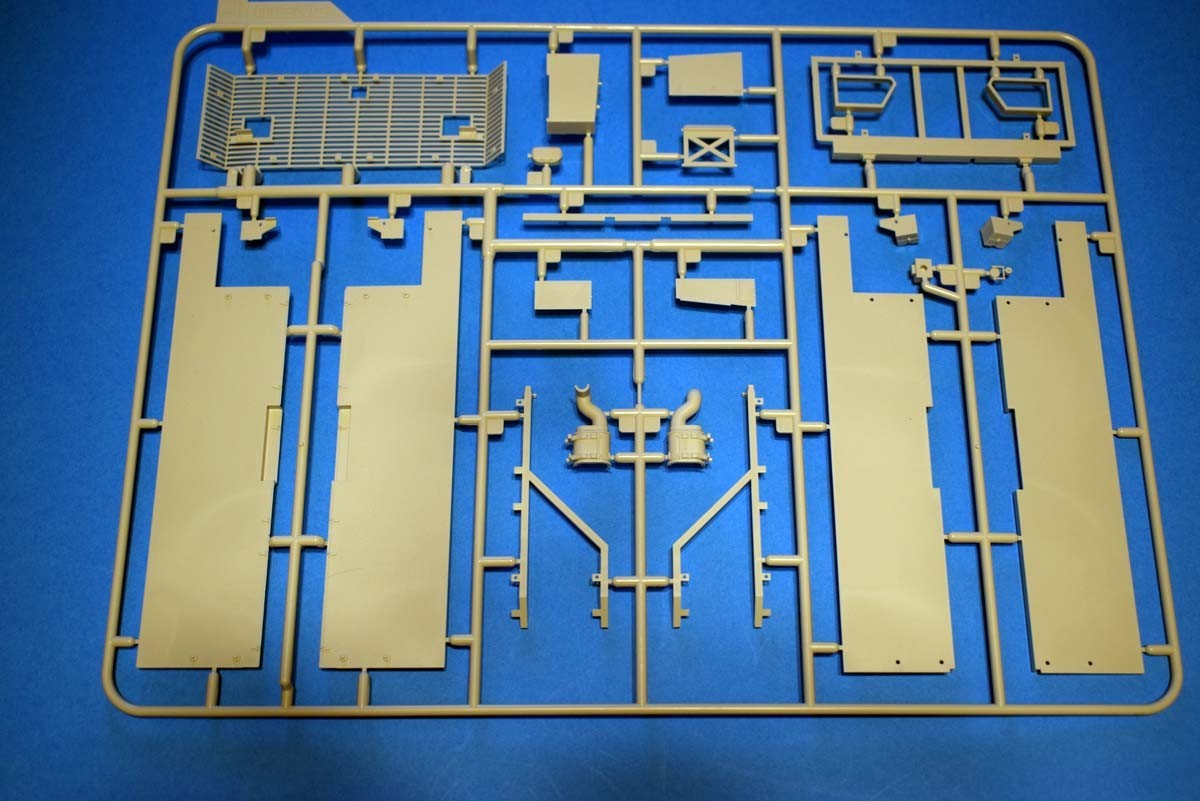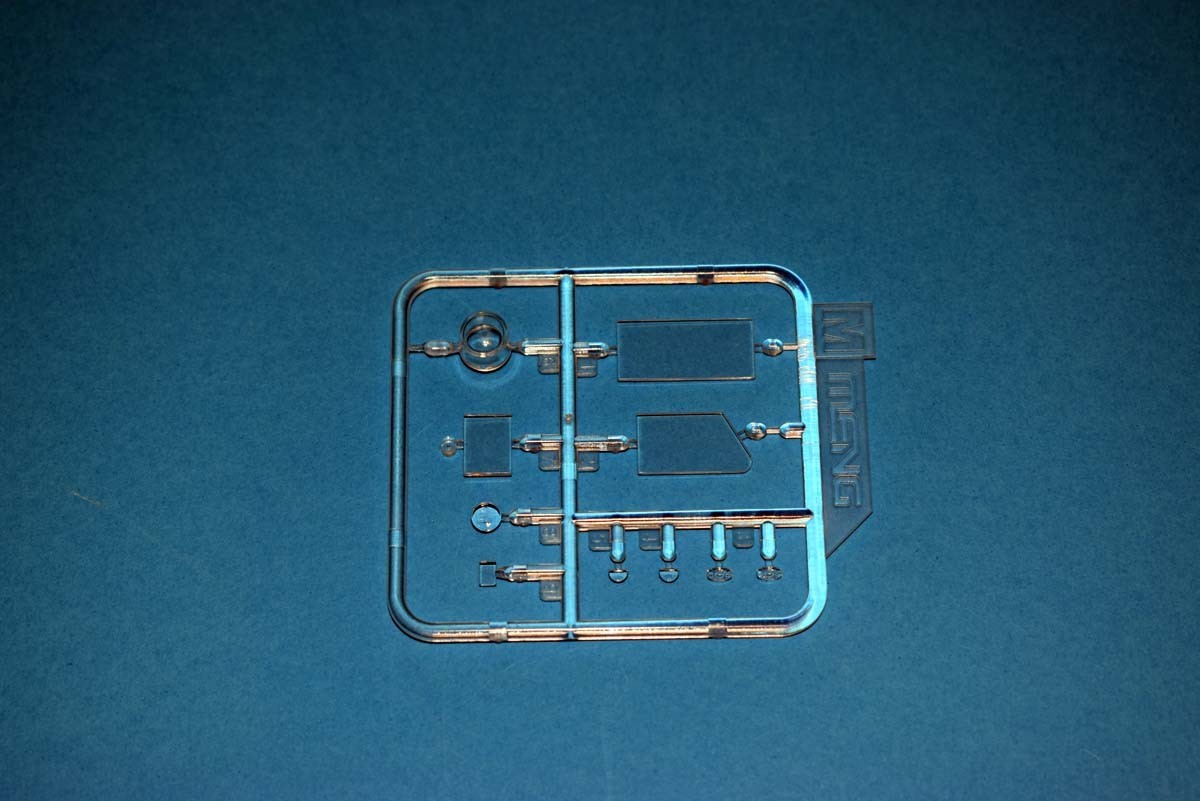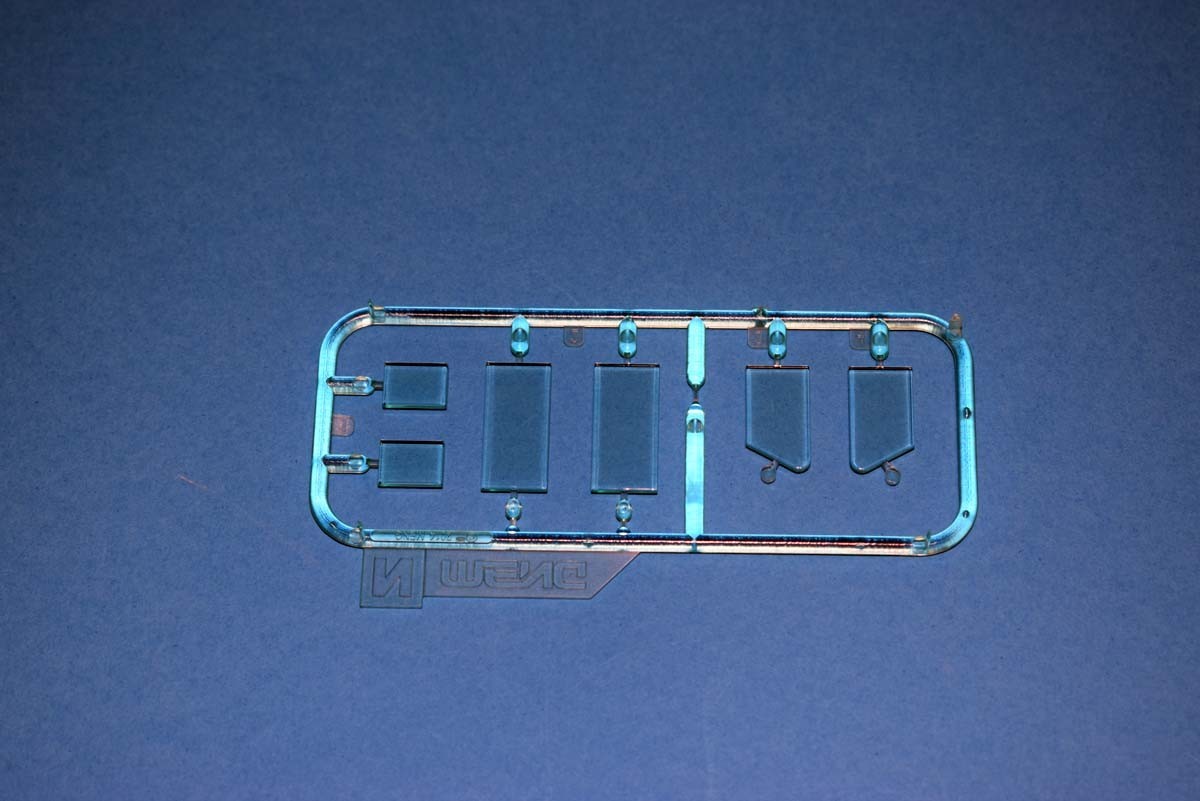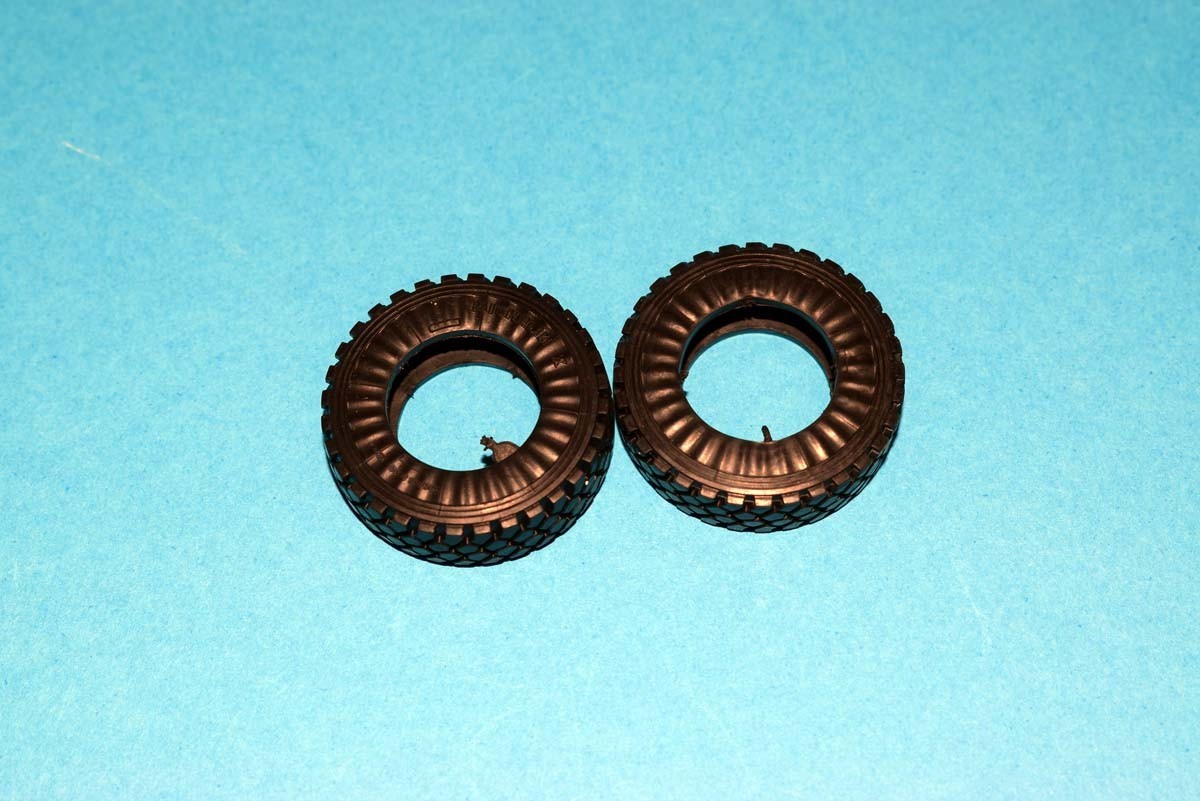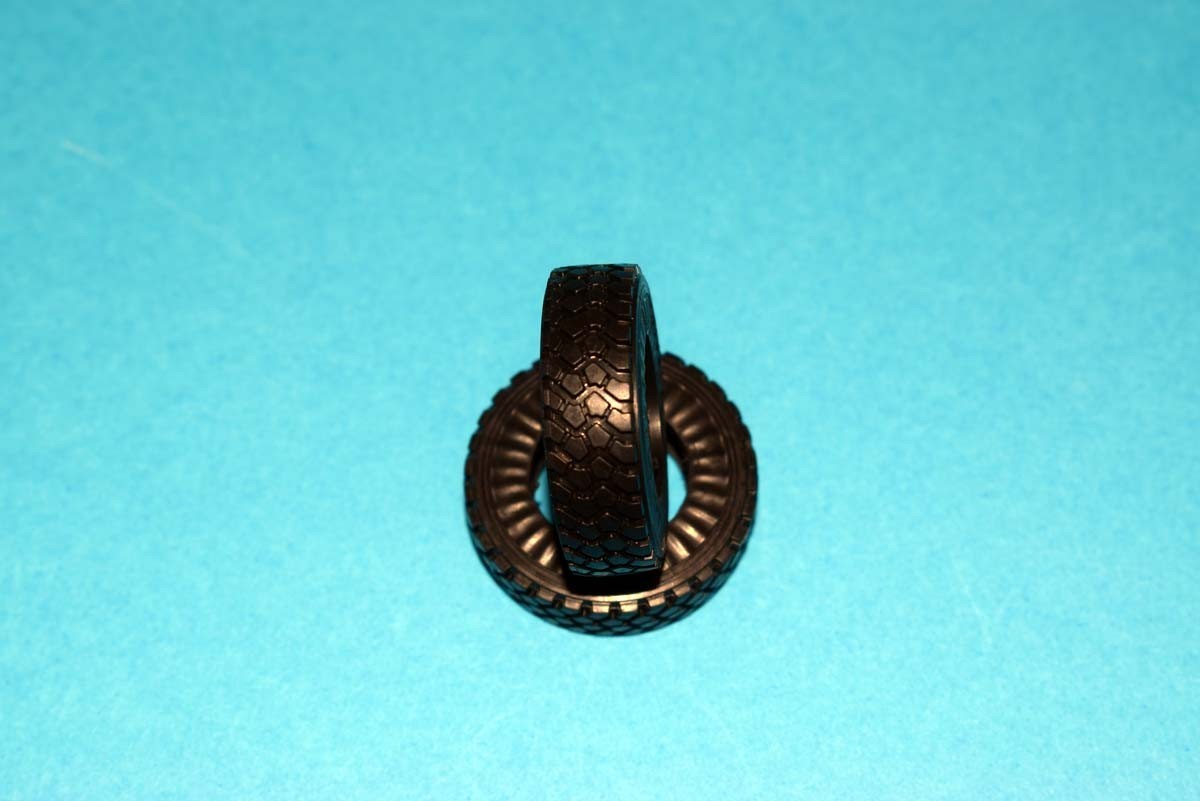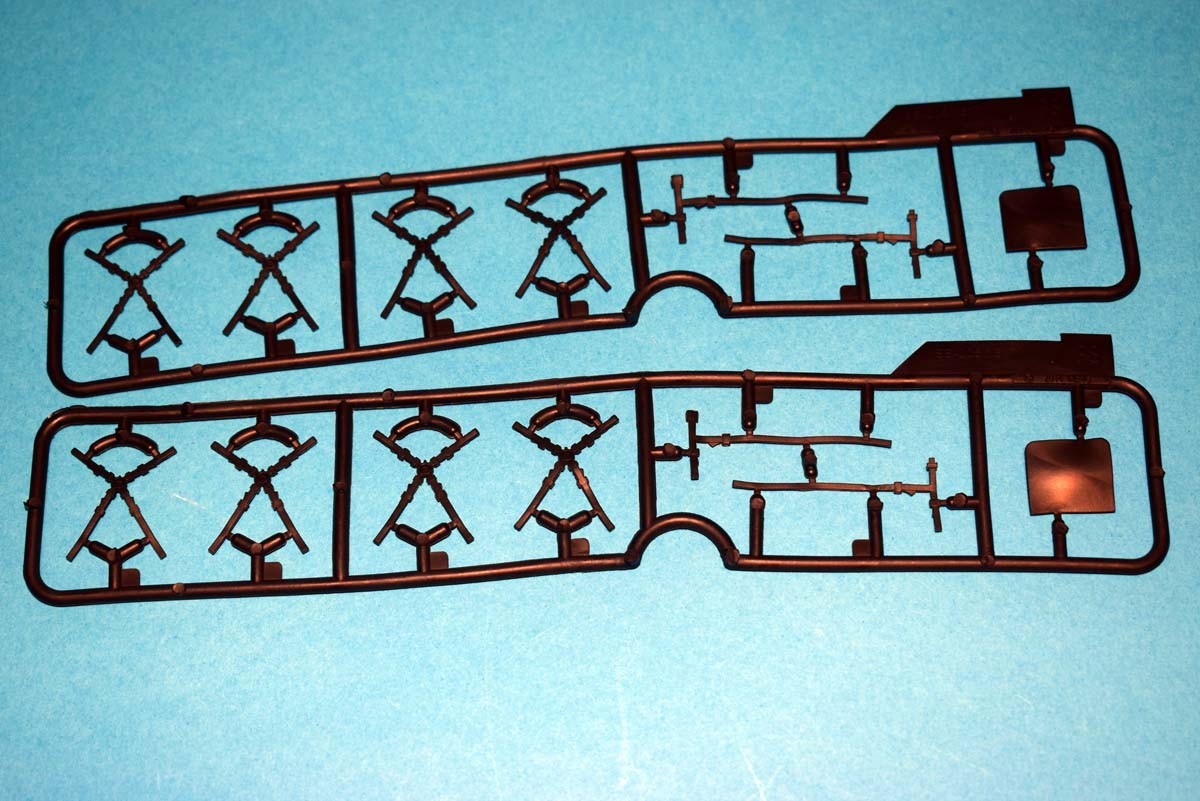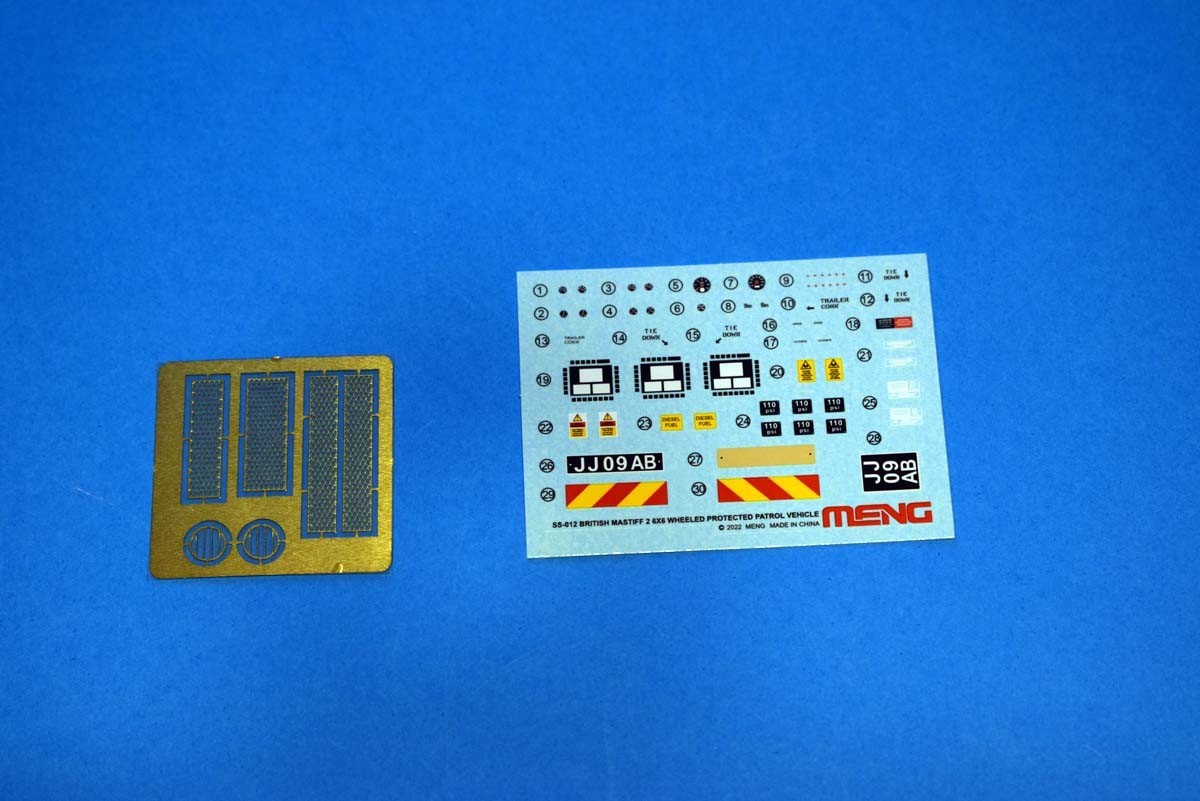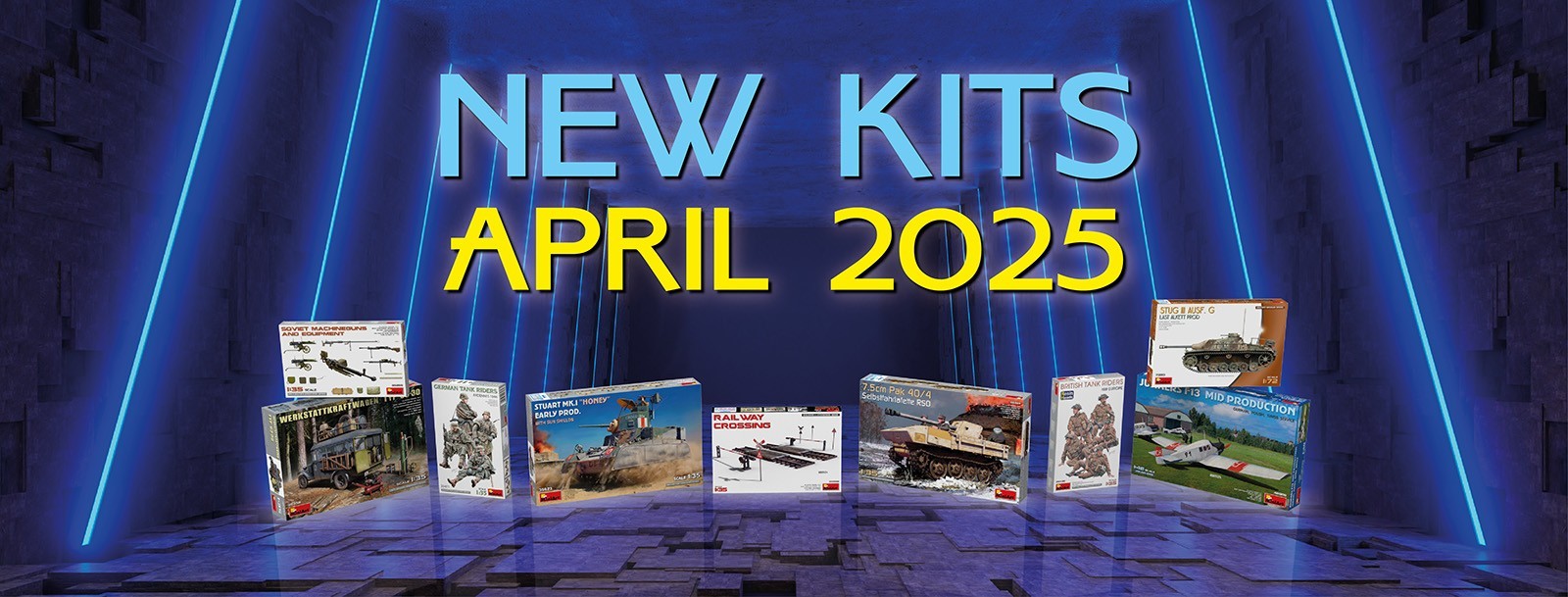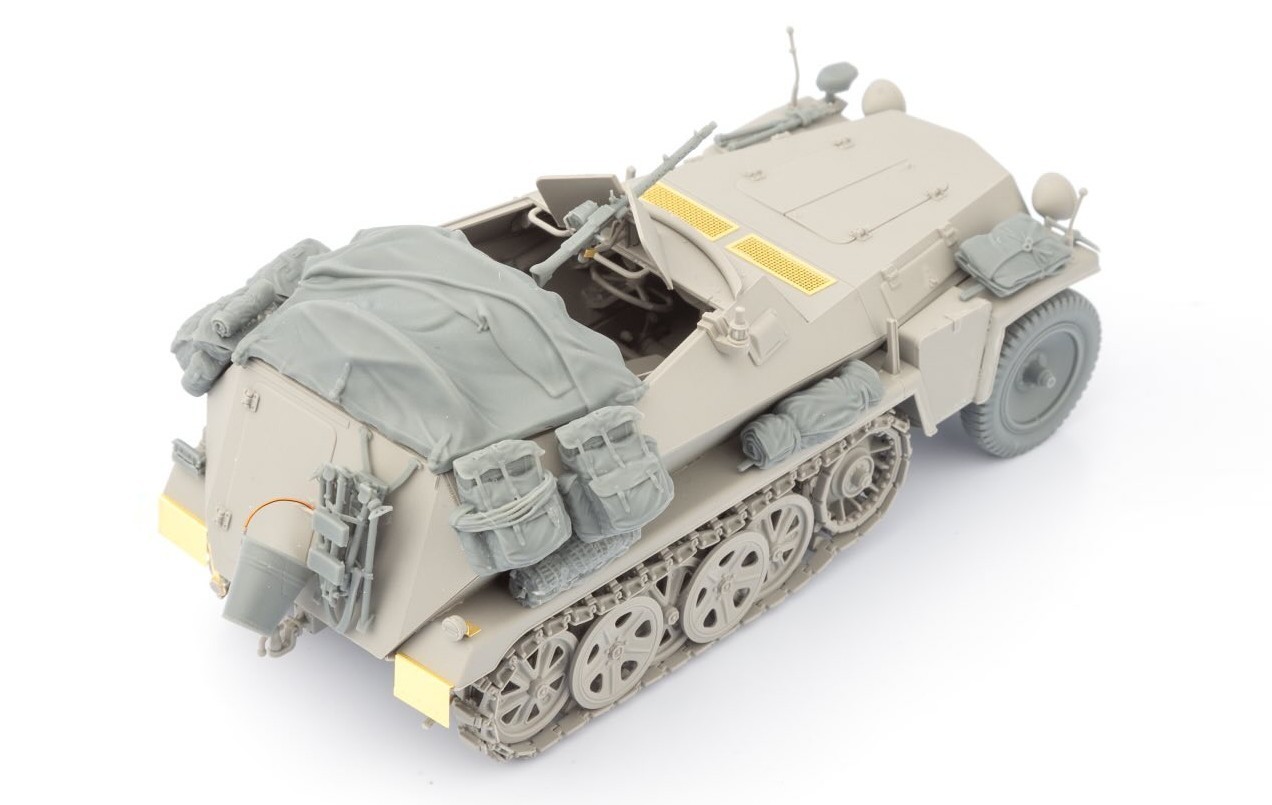
Introduction
The following introduction is as provided by Meng Model:
The British Mastiff 6x6 wheeled protected patrol vehicle is developed on the basis of the famous Couger mine-resistant ambush-protected vehicle. In 2006, the British military ordered the first batch of Mastiff Mine Resistant Ambush Protected vehicles based on the Couger in response to the growing threat of roadside bombs and portable anti-tank weapons in Iraq and Afghanistan. Compared to the Couger, the Mastiff has improved hull protection and self-defence capability. Its hull is fully protected by slat armour. Windows have double-layer bulletproof glass which offers good visisbility. While there have been comments that the slat armour may block the crew’s vision and shooting range, it turns out that the upgraded armour provides better protection against High-Explosive Anti-Tank warheads. The roof-mounted weapon station can be fitted with a 7.62mm general purpose machine gun, a 12.7mm heavy machine gun or a 40mm automatic grenade launcher and ensure that enemy fires can be quickly suppressed in the event of an ambush. According to the British calculation, the armour of Mastiff can withstand 12.7mm armour-piercing projectiles from any direction, or explosion of 15kg of explosives under the vehicle.
The Mastiff is fitted with two air-conditioning units to help keep heavily dressed troops from over-heating in the hot temperatures of Iraq. A standard Mastiff can carry two crew and six troops. In October 2006, the UK Ministry of Defence announced as additional order for the Mastiff and started to develop an improved version of the Mastiff after studying the problems exposed in Iraq and Afghanistan. The British military’s main concern was that the Mastiff could not meet the need to patrol the countryside of Iraq and Afghanistan with poor road conditions due to the Mastiff’s insufficient mobility and passability. What’s more, when the vehicle is hit by a mine, the seats and hatches may deform and even hurt the crew.
The improved Mastiff is designated Mastiff 2 by the British military. According to statistics, the Mastiff 2 has received more than 50 improvements on the basis of Couger. The initial batch of Mastiff 2s was delivered in 2009. The Mastiff 2 is equipped with improved axles and suspension for poor road conditions. The ground clearance has been increased to 410mm. The improved run-flat tires and explosion-proof fuel tank ensure that the vehicle can still move on after being attacked. At the same time, the maximum range of the vehicle has been increased from 900km to more than 1120 km. Other major improvements are inside the vehicle. There were cases that the crew and troops bumped against the vehicle walls and suffered injuries when the Mastiffs were struck by mines. To better protect them from the impact, spall liners made of Dyneema Unidirectional elastic fibres on the inner walls. Blast attenuating seats can minimise the impact of blast shock waves. Thanks to the increased space inside the vehicle, the Mastiff 2 can carry up tp 10 people. In addition, a new situational awareness system incorporating a thermal imager enables the crew to track enemy fire or analyse craters on the route relatively safely inside the vehicle.
With the gradual withdrawal of Western troops from Iraq and Afghanistan, the UK military thinks that the Mastiff 2 PPVs are no longer needed. In early July 2020, the UK Ministry of Defence announced that 2,831 armoured vehicles, including the Mastiff 2, would be retired from active duty. In April 2022, the UK government announced that it would provide Ukraine with about 80 armoured vehicles, including the Mastiff 2. The first batch of Mastiff 2 vehicles have been delivered to Ukraine.
Review
This offering from Meng Model, arrives in a deep cardboard tray which seems to be very robust and the top being a card lid showing the artwork. Inside the contents are packaged in a large number of bags, with no more that two sprues to a bag. An examination of the contents, reveals no issues in the moulding. The ejector pins marks are quite large, but not to deep or raised, and in most cases, should be hidden from view. This model, that has been titled Mastiff 2 is I believe to be the Mk 3, as the Mk 2 is a Royal Engineers vehicle, that is distinguished by a mast mounted camera at the rear. Most of the changes between the Mk 1 and Mk 3 are not really going to be seen, but the obvious ones are front doors that open, and extra 7 inches of height at the rear to make movement easier.
The growth in blast protected vehicles really grew from the IED’s that were being used in Iraq and Afghanistan. The V shaped hull of the vehicle has been well represented here, as has the suspension configuration. The axles have some interesting features, which I believe is also to do with blast-protection. I have not however, managed to find images of the axles in place to verify the accuracy. The fuel tanks have been very well replicated, in particular the filling nozzle which is really the only part you will see. The wheels of this offering are unfortunately vinyl rubber, but it has to be said that the detail they have is very good and the tread matches very well to reference pictures I have taken myself.
The interior of the model, looks to be fundamentally correct with four point harnesses provided for all the seats - in vinyl rubber. Beneath the front seats in a well replicated suspension system for the seats. A wall between the rear and the passenger compartment have also been provided - which is a detail in my reference. An elevated step stand is provided for the turret position, but this does not match my reference, as there is a further structure beneath the scissors. Looking at the fitments around the interior of the vehicle, so far as I can see, they are correct, but there is room for further enhancement to be added by the modeller as regards details in this area. On aspects I was particularly pleased to see, was the quilted roof liner present in the passenger compartment. Another area that I was very pleased with, is that the green tint of the ballistics glass has been replicated in the model.
The front doors of the model protrude from the body and this is correct. You have not been given the possibility to replicate the doors in the open position, but this is quite a complicated aspect to represent in a scale model. The sacrificial parts of the vehicle during a mine blast are again well represented, and I see no issues with them. The exhaust system, that is mounted on the right front mud guard and then roots itself over the roof via the slat armour, is another aspect that has been well represented and so far as I can see, leaves me very happy with the representation.
The armour package is a mixture of blast armour and slat armour to protect against projectiles. The armours itself has been accurately reproduced, including the hinged lower edge which lifts in the case of a mine blast. The vehicle itself has very poor visibility for the crew, and so around the vehicle are a number of cameras, which match with my reference, and I will provide a walk-around on this subject for the members. Two robust wire cutters, are mounted either side of the front of the vehicle to prevent that obstacle from causing a problem. The slat armour, looks to have been again very accurately reproduced in miniature - with the only details I can see missing being the padlocked access areas for re-fuelling the vehicle via a hinged door, that hinges upwards and is secured via a simple padlock. The rear doors of the vehicle, can be displayed open or closed and if open provide a good view of the interior detail. Again checking against reference, I see no issues in this area.
The armoured gunner position has also been well tackled in this offering, with minor differences between my reference material and this model, and I do not know if this represents an error or just a different configuration. The weapon system provided on this model, is the 12.7mm HMG detail on the machine gun is good and I am pleased to see that ammunition and the mounted can have been represented. Lastly I am very pleased to see that antennae have been provided for the model, removing the guesswork on the height and appearance. Meng Model have provided two finishing options for the vehicle, but they are not for specific units - One of these is the British Army sand colour seen in Iraq and Afghanistan, but perhaps most interestingly is the Ukrainian Marines green coloured option. The decals are well printed, are thin and even include dials for the interior of the model. So far as I can see they provide all need registration present on the vehicle, and I am hard pushed to find any fault with the contents.
Conclusion
This model offering from Meng of the Mastiff 2 (Mk3) is a very good representation of the real thing. Details that are missing are restricted visually to the fuel filling area in the slat armour, and some aspects of the interior that the modeller can add if desired. The only thing I personally would have liked to have been able to do, is show the front wheels turned should I desire to do so.
